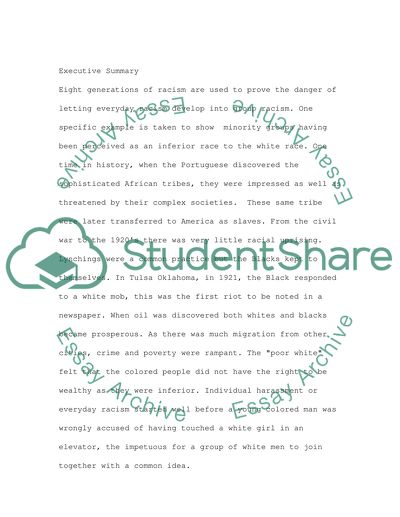Cite this document
(“Racism Term Paper Example | Topics and Well Written Essays - 4000 words”, n.d.)
Retrieved from https://studentshare.org/environmental-studies/1413397-racism
Retrieved from https://studentshare.org/environmental-studies/1413397-racism
(Racism Term Paper Example | Topics and Well Written Essays - 4000 Words)
https://studentshare.org/environmental-studies/1413397-racism.
https://studentshare.org/environmental-studies/1413397-racism.
“Racism Term Paper Example | Topics and Well Written Essays - 4000 Words”, n.d. https://studentshare.org/environmental-studies/1413397-racism.


